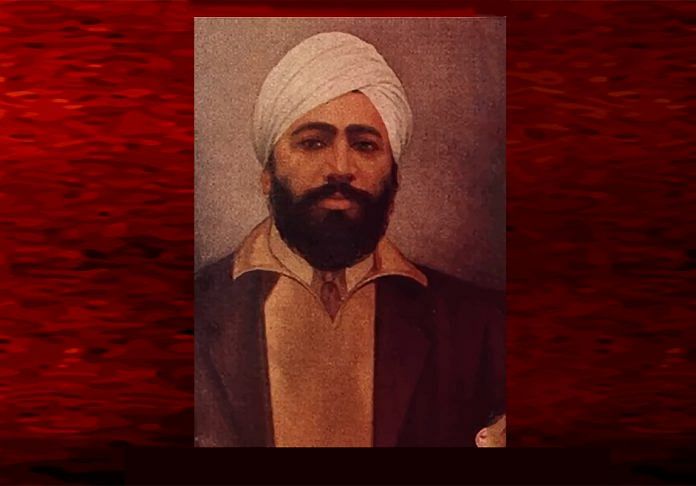New Delhi: On 13 March, 1940, Udham Singh shot dead Michael O’Dwyer at a meeting of the East India Association and the Royal Central Asian Society at the Caxton Hall in London. O’Dwyer was the Lieutenant Governor of Punjab at the time of the massacre, and had supported the actions of Brigadier-General Reginald Edward Harry Dyer. Udham Singh also shot and injured Lord Zetland, the Secretary of State for India, Sir Louis Dane and Baron Lamington.
Before the massacre
Born on 26 December, 1899, at Sunam in Punjab, Udham Singh was known as Sher Singh as a child. He lost his parents at a very young age, and was admitted to the Central Khalsa Orphanage in 1907.
The Jallianwala Bagh massacre occurred in Amritsar on 13 April, 1919, when Dyer opened fire on unarmed protesters, leading to the death of more than 1,000 people, while more than 1,200 were injured.
While some readings suggest that Udham Singh was present at the Bagh during the shooting, others contend that he had come there after the massacre as a volunteer from a Sikh orphanage. Nonetheless, the massacre had a life-long impact on his conscience. The Nankana Sahib tragedy of 1921 affected him equally.
Becoming a revolutionary
The young Udham Singh was well-informed about the Ghadar Party of Kartar Singh Sarabha and took great interest in its literature. In 1924, he became an active member of the party in America. He also mobilised Indians through his own organisation, called the Azad Party.
During this time, Udham Singh came in contact with another revolutionary freedom fighter, Bhagat Singh. He was deeply influenced by Bhagat Singh’s ideology and politics.
Udham Singh established contacts with revolutionaries across the globe in France, Germany, Poland, Italy, Iran, Burma, Japan among others. In July 1927, Udham Singh delivered arms, ammunition, revolvers and currency to Bhagat Singh and a number of others. In August 1927, he was arrested in Amritsar, and sentenced to five years in prison for possessing revolvers.
After his release in 1931, he got a passport with the name of Udham Singh and travelled to England. He visited a number of European countries in the years leading up to the Second World War. The beginning of the war became an entry point for the revolutionaries who believed it was a good time to overthrow the British Raj in India.
The Ghadar Party believed that India was pushed into the war against its wishes, and sought to take action against the imperialists.
Trial and hanging
On 31 July, 1940, after a brief trial, Udham Singh was hanged at Pentonville Prison north of London.
He was known by many different names, but the name ‘Mohammed Singh Azad’ was tattooed on his arm, signifying the united struggle of the majority of the Indian population against imperialism, slavery and repression.







please see http://www.indianmartyrs.in
Judge my work for the martyrs’ lineages, especially Martyr Udham Singh